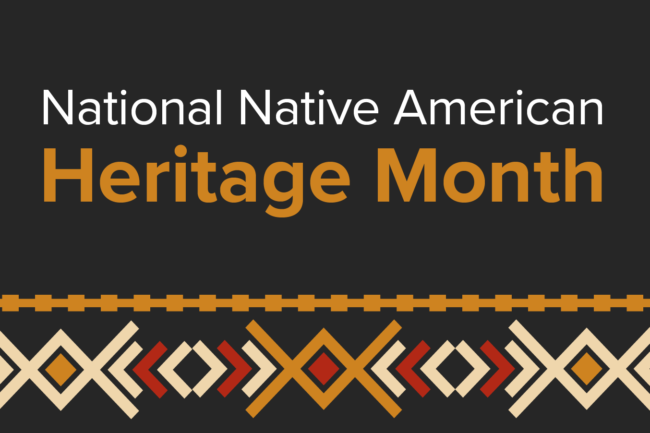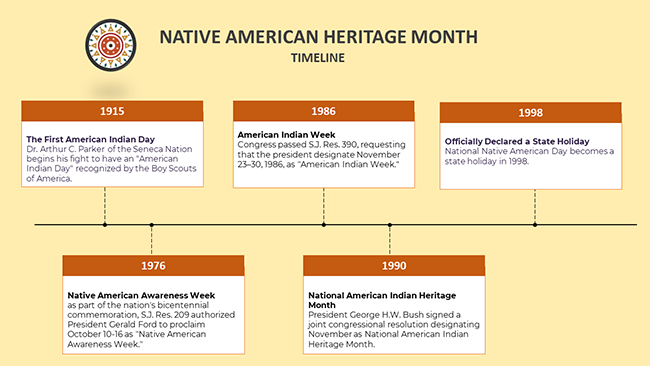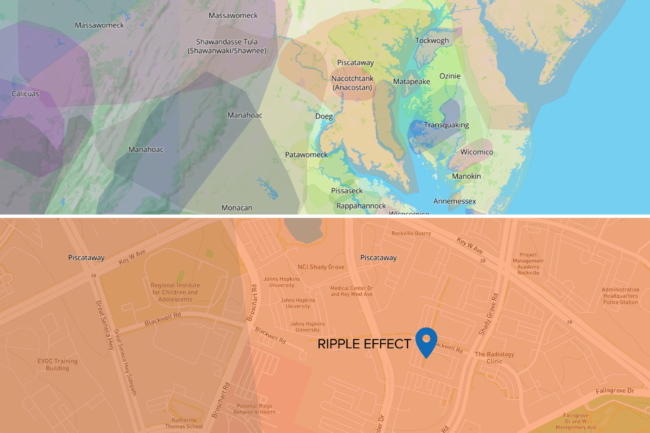
This November, in honor of National Native American Heritage month, we are celebrating the work and cultures of Indigenous communities and bringing the contemporary Native experience to the forefront.

Food and Animals: There are many contributions made by Native Americans such as the discovery of edible plants, which are widely eaten by people around the world. These include foods like potatoes, maize (corn), sweet potatoes, tomatoes, pumpkins, manioc, papayas, guavas, avocados, cocoa (chocolate), peanuts (groundnuts), pineapples, chili peppers, and bean species. They were the first people to raise turkeys, guinea pigs, and honeybees. Additionally, Native Americans had extensive knowledge of plants and they were able to make the best use of non-edible plants.
Sport: Kayaking is one of the most popular sports on the planet, but did you know it is a contribution from the Native Americans?
Language: There were once more than 300 Indigenous languages spoken in the United States, with only 175 remaining. The most popular of these languages is Navajo, with about 170,000 speakers.
Medicine:
Several modern medications originated from the medical knowledge and practice of Native Americans, including:
- Quinine, used for the treatment of malaria
- Ipecac, which has been used to cause vomiting in cases of poisoning
- Curare, derivatives of which have been used in anesthesia
- Wildflower goldthread as a treatment for oral pain and mouthwash
Tribes Native to Maryland:
When Captain John Smith arrived at the Chesapeake Bay in 1608, he journaled and mapped the life of Native Americans living in the general area. Most of the area spoke Algonquian, but there were also Nanticoke, Piscataway, Assateagues, and Pocomoke Indians (University of Maryland). Since Smith’s exploration, there has been in-depth research about our Indigenous communities. Canadian resource, Native Land Digital, allows a holistic view of tribe distributions.
 Source: https://native-land.ca
Source: https://native-land.ca
Ripple Effect Headquarters is where the Piscataway Indian Nation, also known as the Conoy Tribe, was present – which was one of the “more prevalent tribes in the Chesapeake region” (Maryland Government). In fact, the Piscataway-Conoy Tribe was one of the first tribes recognized by Maryland! Before European contact, the Piscataway was a Confederacy of Tribes that extended “between the western shore of the Chesapeake Bay to the watershed of the Potomac River…and all land from the southern tip of St. Mary’s County to Baltimore, Montgomery, Anne Arundel Counties… [and included] Washington DC (Piscataway Conoy Tribe). The people of this powerful nation were mostly farmers and fishers. Despite their expansive territory, the tribe didn’t have interest in being part of mainstream society. To this day, the Piscataway tribe continues to live in Southern Maryland. Governer Martin O’Malley granted an Executive Order on January 9, 2012, for the state to recognize the Piscataway-Conoy Tribe and reestablished the “historic government-to-government relationship that had been dormant in Maryland since the 1700’s”. Maryland is rich with culture and actively continues to have a relationship with local tribes.
At Ripple Effect, we celebrate diversity, equity, inclusion, and accessibility (DEIA), and we strive to protect these rights. In our DEIA Statement, we have committed to cultivate an environment where people of all backgrounds are respected. It is essential to have diverse perspectives to enable us to work smarter and perform better. Different backgrounds enhance creativity, innovation, and collaboration. Read more about our DEIA plan that allows us to take on challenging problems and have a meaningful impact on society.
To learn more about Native American Heritage we recommend the following books:
- Moon of the Crusted Snow, Waubgeshig Rice
- Night of the Living Rez, Morgan Talty
- This Accident of Being Lost, Leanne Betasamosake Simpson
- Split Tooth, Tanya Tagaq
- Braiding Sweetgrass, Robin Wall Kimmerer
You can also find film options on The University of Utah’s website linked here.
Ripple Effect leadership, Human Resources and the Wellness & Empowerment committee wish you a happy National Native American Heritage month!
Resources:
Library of Congress National Native American Heritage Month
National Native American Human Resources Association




























